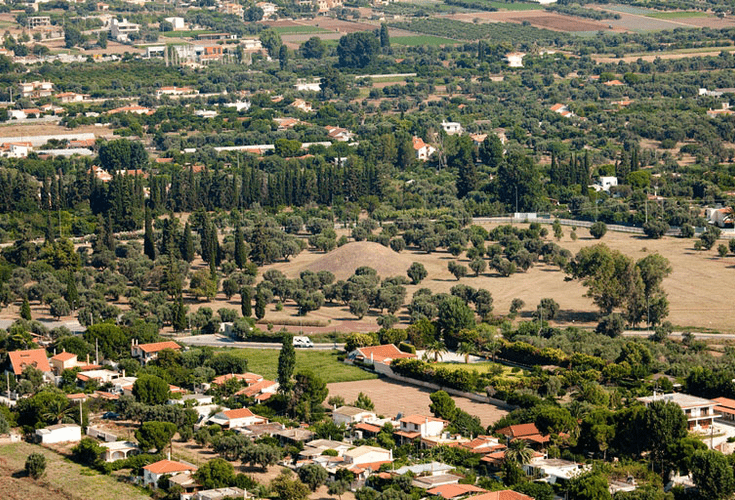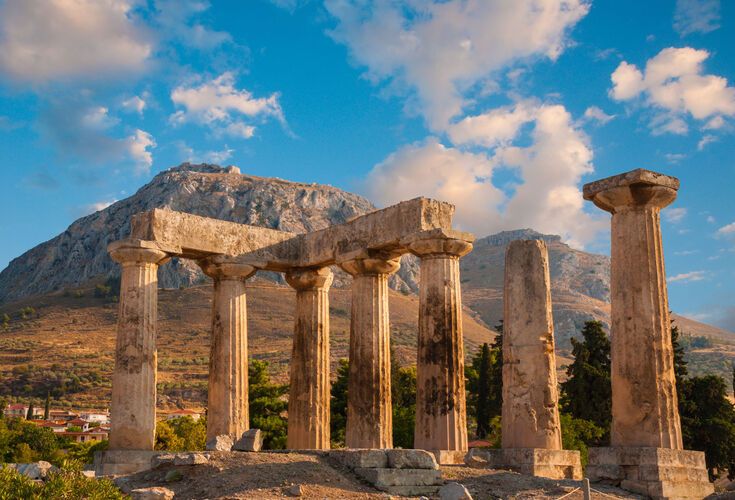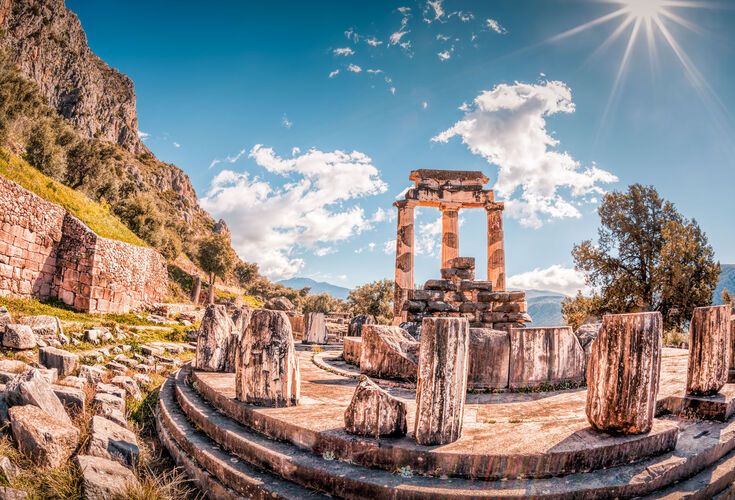If two weeks chasing myths and history, as well as a whole load of outdoors fun, sounds like something the kids will enjoy, you’ll love our family road trip in Greece.
Imagine visiting the legendary Acropolis, the entrance to the Underworld, the site of the original marathon and hopping over to a Greek island? Well, that’s just in the first five days as you stay in or near Athens. Then you’re off to the Peloponnese, in the footsteps of Hercules, and to archaeological sites like Epidaurus, Mycenae and Ancient Olympia.
You’ll go wine- and olive-oil tasting, climb mountains, swim in rivers and hike in beautiful countryside. And you’ll be introduced to great towns like Nafplio and Kalamata, before looping up into mainland Greece and finishing in battle-famous Nafpaktos and Ancient Delphi. Oh, and did we mention the beach-time? There’s lots of it. Just check out Voidokilia in Messinia and you’ll see what’s in store!
Sound like fun? We think so … especially if you do the whole tour (or any part of it) with a kid-friendly guide.
Feel free to shorten or lengthen your stay. All the destinations are close enough to get back to Athens within a few hours if you want to follow just a part of the itinerary.










































